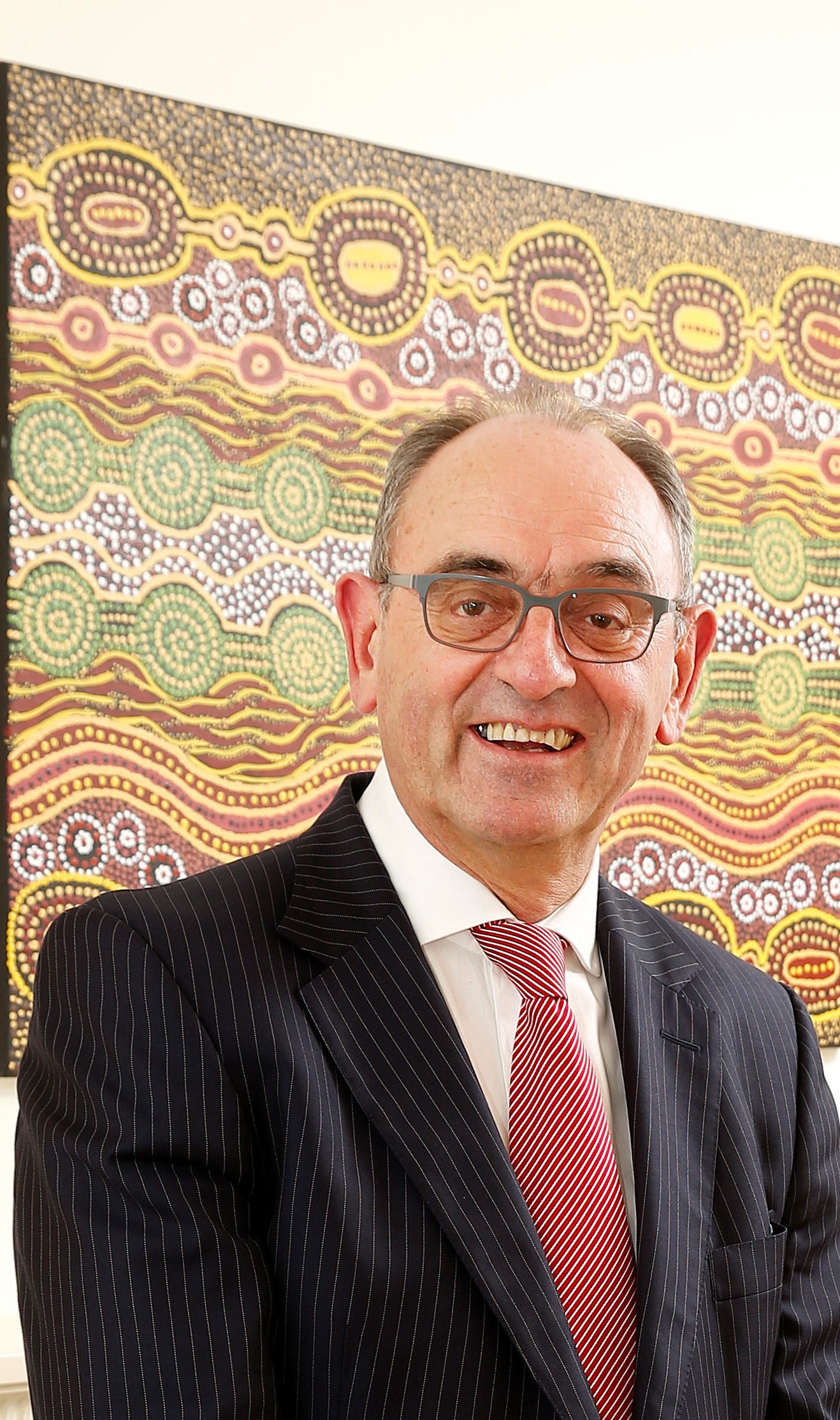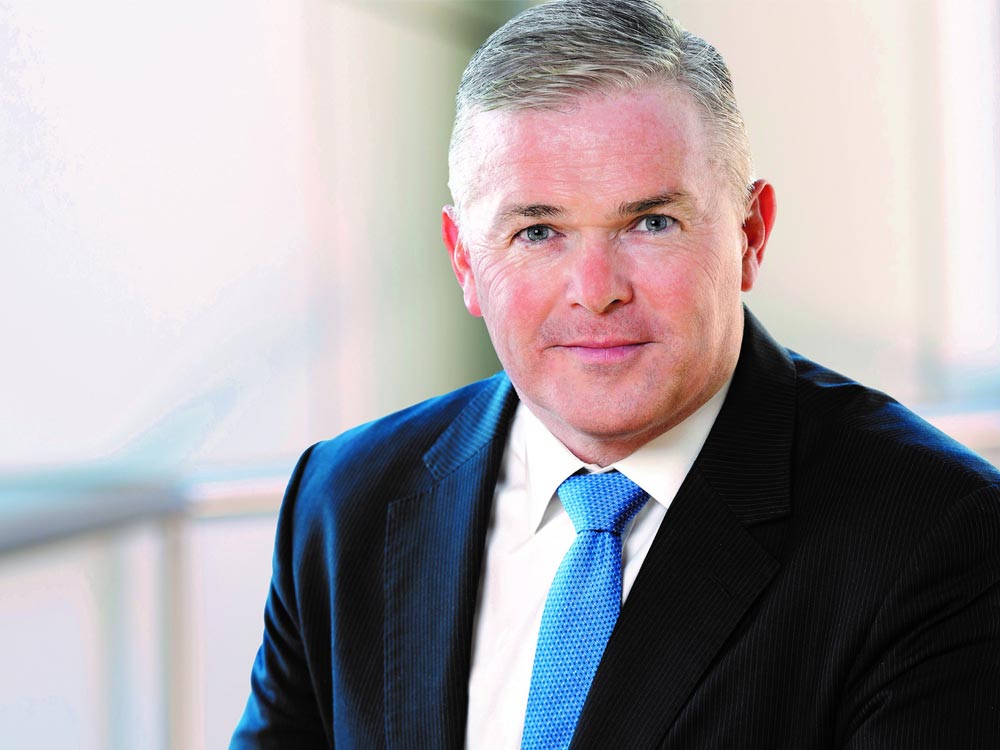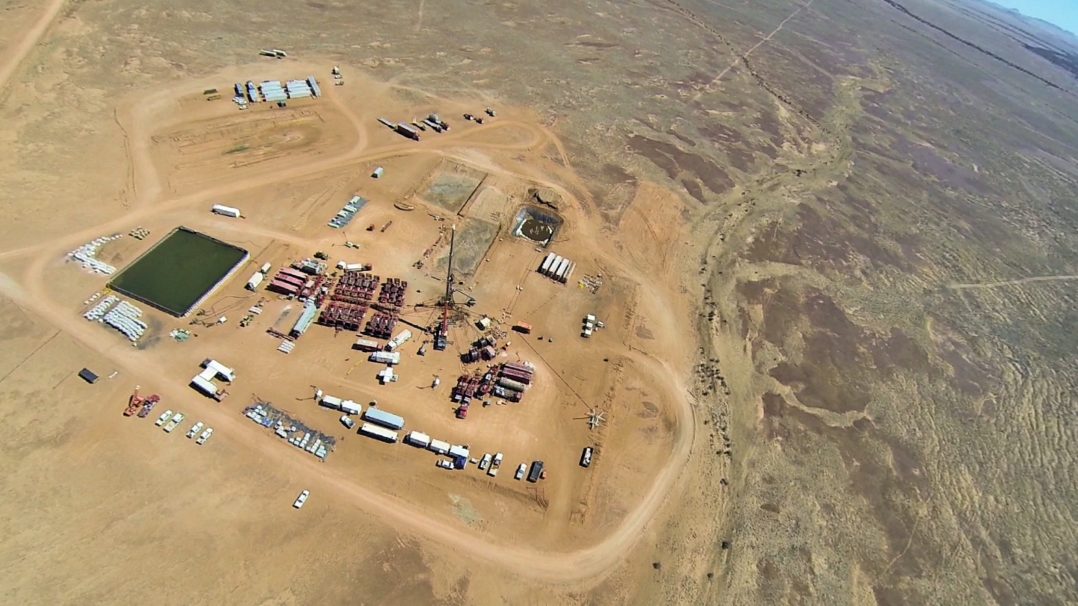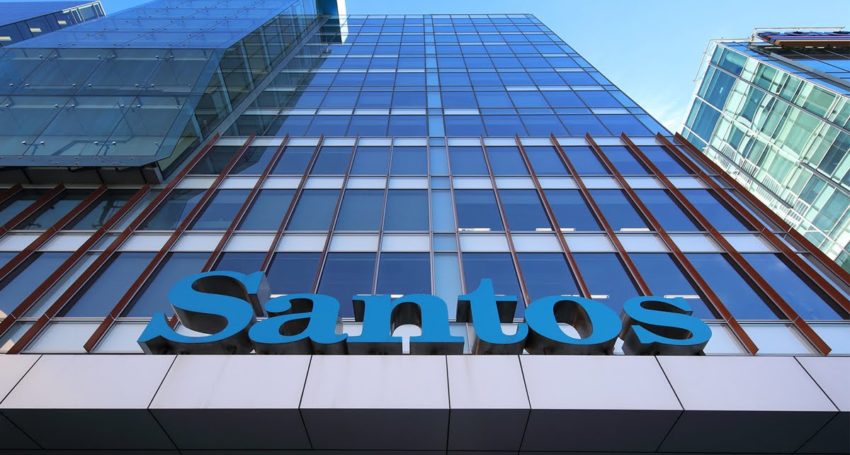Gas and Oil exploration renaissance finally underway
There are signs that Australian oil and gas exploration is starting to recover from the doldrums that have been the feature of recent years, a special background report by EnergyQuest Associated and exploration analyst David Upton has revealed.
Calendar 2019 has begun strongly with the success of offshore wells Corvus-2 and Dorado-2. Offshore
• Offshore exploration and appraisal drilling is finally beginning to recover, with eight wells to be drilled in 2019, up from only five in 2018.
• Activity is still well down compared to levels before the collapse in oil prices five years ago (i.e. eight wells in 2019 versus 30 in 2014).
• Results for two of this year’s eight wells have been announced so far, with important successes at both (Corvus-2 and Dorado-2).
• Other wells to be drilled in 2019 are:
* Achernar-1 (Woodside on behalf of the NWS JV, spudded early May in WA-28-P but no result announced. If Achernar-1 is successful, Woodside has approval from NOPSEMA to drill up to two further exploration wells and three appraisal wells.)
* Roc South-1, Dorado-3 (Santos/Carnarvon Petroleum, drilling the first follow-up exploration well to the Dorado discovery and the second Dorado appraisal well)
* Annie-1, Elanora-1 (Cooper Energy/Mitsui, drilling the first exploration wells at Casino-Henry since 2008)
* Sculpin-1 (ExxonMobil, an ultra-deepwater exploration well in VIC/P70 in the Gippsland Basin)
The next offshore well to be drilled is Roc South-1 in the Bedout Sub-basin of the Roebuck Basin.
The Noble Tom Prosser jack-up rig has spudded Roc South-1, about 15 km northeast of the Dorado field, after recently completing the successful Dorado-2 appraisal well. The rig will return to drill Dorado-3 after Roc South-1.
Roc South has been chosen as the next exploration target because of its close proximity to Dorado, high chance of success and ease of development alongside Dorado. Santos’ junior partner at Dorado, Carnarvon Petroleum, has estimated a recoverable prospective resource at Roc South of 56 million barrels (MMbbl) (Pmean).
• The biggest offshore well of 2019 will be ExxonMobil’s Sculpin-1 in ultra-deepwater in the Gippsland Basin. The well is one of the east coast’s biggest hopes for major new gas supply.
NOPSEMA, the regulator, approved the environment plan on 17 June, just four months after it was submitted. Diamond Offshore’s Ocean Monarch rig, which drilled the unsuccessful Baldfish-1 and Hairtail-1 wells in VIC/P70 last year, will return to spud Sculpin-1 in late September or early October.
The well is expected to take about 75 days. Sculpin-1 will set an Australian water depth record by surpassing Woodside’s unsuccessful Steel Dragon-1 in the Roebuck Basin
in 2014 (2,037m).
It will be even deeper than Equinor’s proposed Stromlo-1 well in the Bight (2,239m) and three times deeper than any well previously drilled in the Gippsland Basin (Whaleshark-1, drilled at a water depth of 717m by ExxonMobil back in 1992).
The size of the prospect has not been released, but the water depth suggests ExxonMobil is chasing a multitrillion cubic feet (Tcf) discovery. ExxonMobil bought VIC/P70 from Liberty
Petroleum in 2017 on the basis of a new petroleum model behind the Dory prospect, which reportedly had a target of at least 2Tcf.
High-impact onshore wells in 2019
• In the short-term, attention will focus on results from Dukas-1 in the Amadeus Basin, West Erregulla-2 in the onshore Perth Basin and Albany-2 and Albany-1ST1 in the Galilee Basin. All three wells have large, conventional gas targets.
• Santos (70%) spudded Dukas-1 on 16 April as part of a farm-in agreement with Central Petroleum. The well is expected to reach its target, the pre-salt Heavitree Quartzite, before the end of June. Dukas-1 is targeting multi-Tcfs of gas with a potential bonus of helium. The Heavitree Quartzite hosts a proven petroleum system, but the key question is whether there was sufficient charge to fill the Dukas structure, which extends over 520 km2.
• The next potentially big result could come from Strike Energy’s West Erregulla-2, which is targeting up to 1.6 Tcf of gas in EP 469 (Strike 50%,
Warrego Energy 50%). The well spudded in early June. West Erregulla is located in the onshore Perth Basin about 25 km southeast of Waitsia and is a lookalike target in Permian aged, Kingia High Cliff sandstones.
• Adelaide-based Strike met with a sceptical market reaction when detailed technical work over a year ago led it to conclude West Erregulla was a Waitsia lookalike. But its new interpretation of the Dandaragan Trough in the wake of the Waitsia discovery has gained traction, helped in no small part by the enthusiasm of neighbouring permit holder, Beach Energy, for the same style of play at its 67%-owned Beharra Springs project. Beach shot 3D seismic earlier this year to illuminate the Beharra Springs Deeps prospect and is wasting no time with a drill test, scheduled by the end of 2019.
• The next big onshore well to spud will be by Comet Ridge and its junior partner Vintage Energy (earning a 30% stake). The joint venture partners will drill two wells to test the 61 km2 Albany structure. A side track will be drilled to last year’s Albany-1 well, which managed to penetrate only 10% of the target due to drilling problems. The well still flowed 230,00 standard cubic feet per day (scf/d) and proved Vintage’s contention that use of nitrogen rather than drilling mud could allow gas to flow from what had previously been regarded as an uneconomic reservoir. Albany-2 will appraise the size of the field, and there is contingency for two further wells.
The program has been delayed by wet weather, with the first well, Albany- 2, now expected to spud in late June/early July.
Beetaloo test finally set to begin
• The high-impact conventional wells will be followed in Q3/Q4 2019 with big budget drilling campaigns in the Beetaloo Sub-basin.
• Origin filed its environmental plan in early May to drill and fracture stimulate Kyalla 117 N2, which will be its second horizontal well following Amungee NW1-H in 2016, completed just before the moratorium. Kyalla 117 N2 is the first of two wells under stage 2 of its farm in with Falcon Oil and Gas. Origin will drill the new well vertically to a depth of 1,875m before drilling horizontally through the liquids-rich Kyalla formation for a distance of up to 3,000m. The well will be fracture stimulated over up to 20 stages. Origin is planning to drill and fracture stimulate a second well before the wet season returns in November, while Santos is also planning to drill and fracture stimulate two wells, Tanumbirini-2H and Inacumba 1/1H.
• These are no ordinary onshore wells. Falcon Oil and Gas disclosed last month as part of a US$9 million capital raising that the gross estimated capex for stages 2 and 3 (a total of four wells drilled and fracture stimulated) was US$130 million.
• While many more wells will be needed before a development decision can be made, the Origin and Santos, wells in 2019 will go a long way to establishing whether the hype about the Beetaloo is justified. There is plenty of scepticism, due in part to disappointments with unconventional exploration in other Australian onshore basins. This includes the Cooper Basin, which was given a fair test by Beach Energy at the start of this decade, and at one stage had even attracted Chevron as a joint venture partner.
Big offshore wells lining up in 2020
• The following year will be even bigger for offshore exploration, with wells likely at Eagle and Kanga (SapuraOMV/Finder), Beehive (Total, Santos, Melbana), Stromlo (Equinor) and Ironbark (BP, Cue Energy, Beach and New Zealand Oil and Gas).
• Unlisted Finder Exploration and its new joint venture partner SapuraOMV revealed plans (The West Australian, 29 April) to drill the Eagle-1 well in EP 483 & TP/25 in Q1 2020. SapuraOMV was formed in January when Austria’s OMV paid US$540 million for a 50% stake in the E&P assets of Malaysia’s Sapura Energy. Both companies are making their entry to Australia via the Finder Exploration joint venture.
• The next big offshore well is likely to be Beehive in the Bonaparte Basin, where TOTAL and Santos are working towards the exercise of an option over an 80% stake held by junior Melbana Energy.
• Equinor’s Stromlo-1 will be the most anticipated offshore well of 2020, assuming Equinor receives approval for its environment plan and is not delayed by the Morrison government’s decision to have the plan reviewed by Australia’s chief scientist.
If all goes well, Equinor will be drilling Stromlo-1 late next year in the Bight at about the same time BP spuds an exploration well at Ironbark in the Carnarvon Basin. Ironbark is a 15 Tcf prospect, located about 40 km north of the North West Shelf fields and one of the world’s largest gas prospects. BP has an option over a 42.5% stake in Ironbark, which sits mostly within WA-359-P, while Beach has an option over a 21% interest. Cue Petroleum has sold a 15% stake to New Zealand Oil & Gas, reducing Cue’s interest to 21.5%. BP has contracted the Ocean Apex rig, which is currently drilling Woodside’s Achernar-1.





